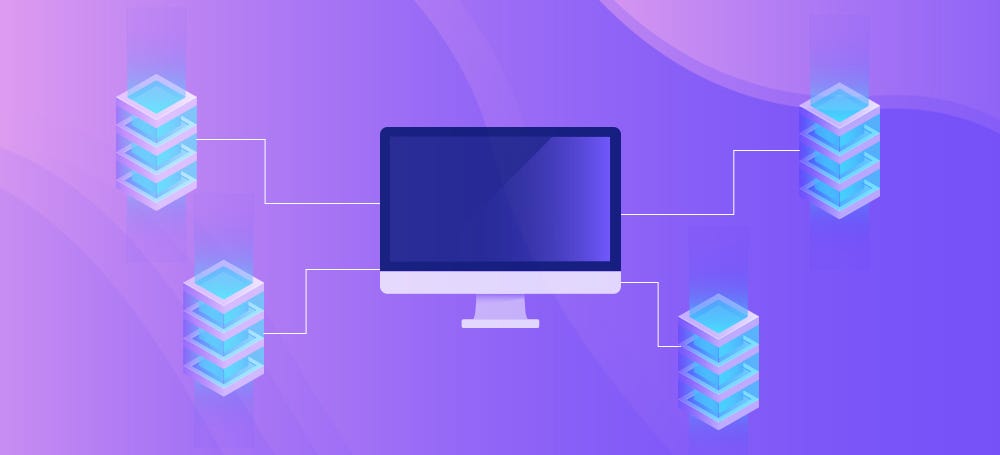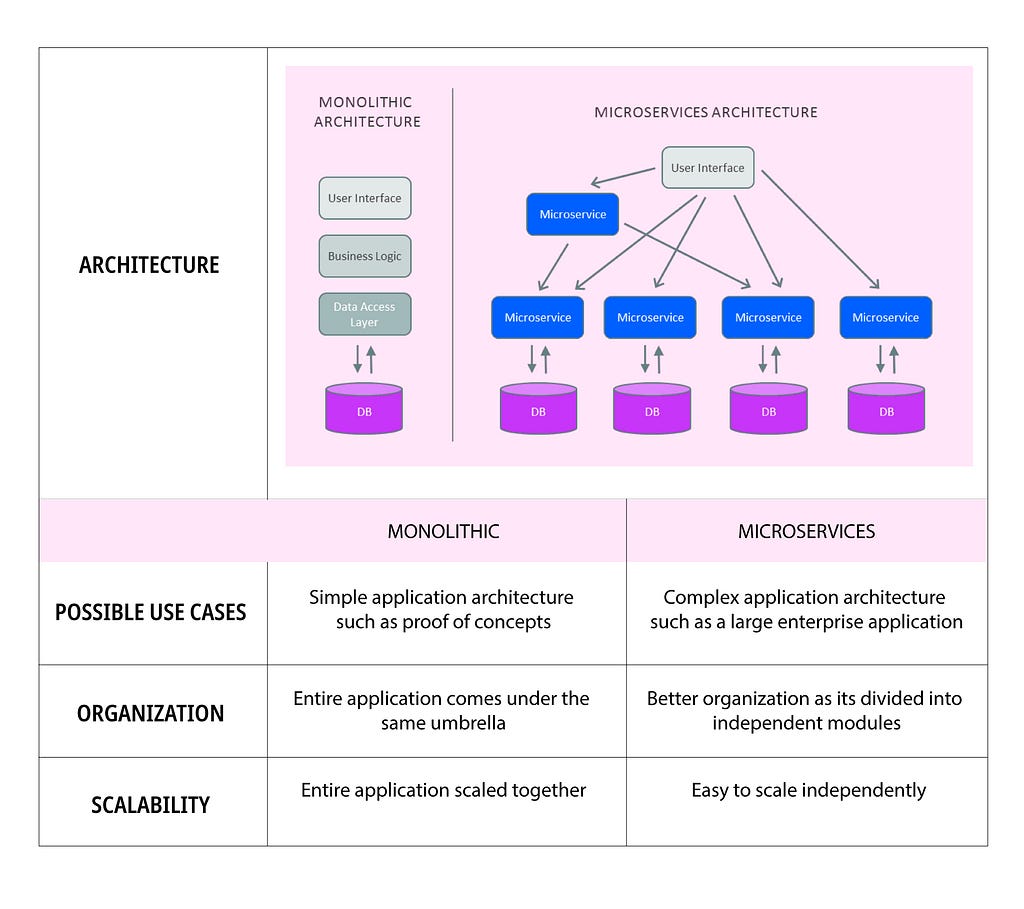Latest news about Bitcoin and all cryptocurrencies. Your daily crypto news habit.

These days, microservices or microservices architecture is a familiar term in the software development arena. As traditional software architectures became more complex and problematic over the years, recent entrants such as the microservices architecture are gaining momentum among enterprises and businesses.
But, is it just the hype or above that? Well, let’s take a closer look at how microservices are evolving to be the new business enablers.
What are Microservices?
The microservices architecture decomposes or divides the entire application into a set of manageable services. It basically follows the phenomenon of ‘do one thing really well’. According to Martin Fowler, the software guru, a microservice architecture consists of “suites of independently deployable services” organized “around business capability, automated deployment, intelligence in the endpoints, and decentralized control of languages and data.”
When microservices were introduced, the main idea was to reduce application complexity. The independent microservices communicate with each other through simple and universally accessible Application Programming Interfaces (APIs). Experts have strongly opinionated that the concept of containers and microservices go hand-in-hand and are a perfect fit. But, it’s also possible to build microservices without containers.
So, coming back to the question — how is it different from a monolithic architecture? Here is a closer comparison between both the architectures.
Comparison between Microservices and Monolithic Architecture
Key Benefits of Microservices Architecture for Business
- Reduces Complexities & Improves Fault Isolation
A microservices architecture breaks down the entire application into multiple components or independent services. Each of the services can be worked upon and deployed/redeployed independently without affecting other components. Although the application evolves over time, isolated code bases in the system will not affect the productivity of the development team and slow down critical business operations.
Even if a microservice fails, the other services will continue to function without any obstruction. This places your business application in a secure spot as zero application time is guaranteed with microservices.
- Simplifies Technology Adoption & Encourages Experiments
A microservices architecture does not restrict your system to use a particular technology stack. The technologies can be chosen based on business opportunities and competency advancements. Different services within a single application can be written using different languages.
Why does this matter to businesses like yours? It reduces the failure percentage. If you are an early technology adopter and want to experiment with the latest technologies, then a microservices architecture gives you the freedom to do so. You can choose a certain service to perform using the chosen technology stack, analyze its performance, and then progress wisely. Hence, it allows you to take risks with low failure percentage.
- Enables DevOps Sofware Delivery Approach
Microservices enable DevOps by following its principles of continuous development, integration, and deployment. In a DevOps ecosystem, both the development and operations team work in synchronization to develop and deploy robust software apps at a faster rate.
Similarly, a microservices architecture lets you develop and deploy apps steadfastly without any dependencies. In such an environment, individual teams can work on new releases and also, prevent risky deployments. However, these blockers would not prevent the other releases from being run into production. Hence, updates are implemented more effectively in a microservices architecture as it promotes DevOps.
- Favors Scalability Demands
In a rapidly evolving biztech world, flawless customer experience is a major business enabler. Based on customer feedback and innovative business ideas, applications are prone to frequent upgrades and modifications.
An application built using a microservice architecture becomes your favorite choice for enhancements for its independent scalability advantages. As each microservice functions on its own, the service of your choice can be scaled independently without affecting the other microservices. Hence, it becomes fairly easy to accommodate the ever-evolving business options. In a way, microservices are based on business capabilities and opportunities.
- Enhances Business Agility
Microservices give you the freedom to ‘experiment fast, fail fast, and learn fast’. Your business transformation initiatives are not doomed by the fear of failure. You can choose a particular microservice within the entire software application or product to experiment, learn and succeed/fail. The good part is it allows you to take risks without causing havoc in the entire system. This way your business has the choice to disrupt by responding to changing customer demands quickly, rather than being disrupted.
Conclusion
A microservices architecture may not be a silver bullet, but it is the starting point for advanced application management services. In a world where speed and agility are the key business enablers, a microservices architecture is definitely worth the effort and time.
The idea of a microservices architecture works well with applications that run better when broken down into smaller and simpler components. We have seen pioneers such as Walmart, Amazon, and Spotify adapt microservices for operational efficiency.
However, the choice to go with a microservices or monolithic architecture entirely depends upon your application needs. If developing large applications such as enterprise apps is your agenda, then microservices is the ideal choice. On the other hand, simple applications can reap the best benefits out of monolithic architectures.
Still not sure which one to go with? SayOne has a team of 70+ software experts skilled at choosing the right software architecture for your applications. Furthermore, we convert your application dreams into realities using the latest technologies and development approaches. Speak to our experts and find out more!
Originally published at https://www.sayonetech.com/blog/microservices-architecture-the-new-business-enablers/.
Microservices Architecture: The New Business Enablers was originally published in Hacker Noon on Medium, where people are continuing the conversation by highlighting and responding to this story.
Disclaimer
The views and opinions expressed in this article are solely those of the authors and do not reflect the views of Bitcoin Insider. Every investment and trading move involves risk - this is especially true for cryptocurrencies given their volatility. We strongly advise our readers to conduct their own research when making a decision.
